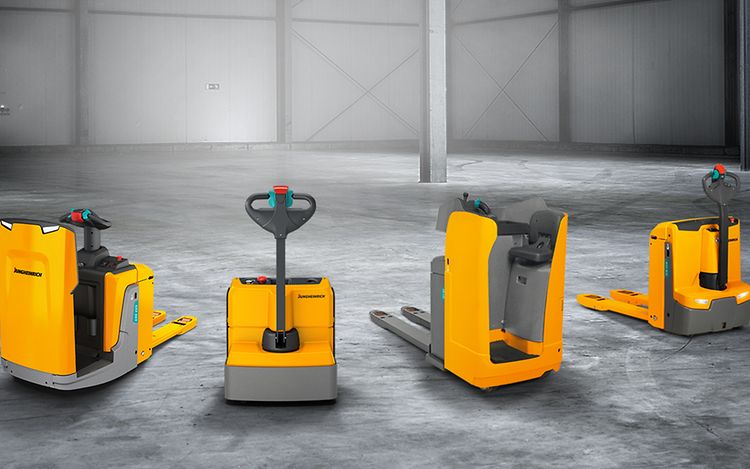- Identifying pallets to be used with a specific product or customer
- Designating pallets by plant function – HACCP
- Matching with company colors to show ownership and greatly reduce loss
DESIGN LIMITS – Design limits refer to the limitations integrated with the design of a pallet. Different types of pallets are designed to involve specific functions as their strong point, which the pallet should not exceed.
DYNAMIC LOADING – The term dynamic loading refers to the maximum load in which a pallet can carry while in motion. One common example would be how much weight a pallet with evenly distributed products can lift when moving on a forklift. This weight is typically lower than that of stationary loading. The maximum dynamic load may, however, change due to the temperature in which this pallet is being used.
EXPORT (ISPM-15) PALLETS – Export pallets are most recommended to exporters for air freight and ocean travel because they are lightweight and manually easy to handle, being the finest preference for decreasing freight charges. This cost-effective pallet is especially convenient for circumstances where pallets need to be returned as inexpensively as possible or do not need to be returned at all. Export pallets are typically plastic, as wooden export pallets would require costly heat treatment.
FULL PERIMETER CRUCIFORM PALLET (RCK) – A full perimeter pallet is the best option for pallet racking because they have base runners that run each side of the pallet and can be racked in both directions depending upon rack design. This type of pallet utilizes the block design to its full capacity, resulting in the construction of a complete framework on both ends and both sides of the pallet.
FUMIGATED PALLET – This type of wooden pallet refers to the heat treatment process used to kill any infestation within the wood. Each fumigated pallet will contain a stamp called a “wheat stamp,” which indicates that the pallet has been heat-treated.
HDPE (High-Density PolyEthylene) – A common type of plastic material used to manufacture plastic pallets.
HEAT TREATMENT (ISPM-15) – Heat-treated pallets are specially treated by fire to prevent unwanted insects or fungi from being transported by wooden pallets from one location to another. Heat treatment is a requirement when exporting pallets internationally. A “wheat stamp” must be present on the pallet to ensure that the pallet has been safely treated.
HYGIENIC PALLET – A hygienic pallet is another type of plastic pallet that is considered to be the most sanitary. They are typically not made from recycled plastic, but instead, brand new never before used plastic. Surfaces are completely smooth, with no cracks or crevices for contamination to gather up.
INJECTION MOLDING – The system by which many high-performance plastic pallets are manufactured. The process is costly; however, it is very quick and effective. Due to the cost, injection molding is better for standard and large orders.
LOAD RETAINING WALLS – Certain types of plastic pallets can be purchased with elevated edges around the perimeter of the top deck of the pallet. This is an alternative option for keeping the load from sliding around on a pallet.
NESTABLE PALLET – This type of pallet fits together with others when empty and reduces the amount of space needed for storage. They typically have nine hollow feet on the top deck, which usually stacks about 40 pallets high.
NET WEIGHT – The weight of an empty, unloaded pallet; usually measured by the pound.
OPEN DECK – This term refers to the honeycomb structure on a pallet’s top deck. They are more lightweight and cost-effective than a closed-top deck.
PACKAGING REGULATIONS – Guidelines that help companies reduce the weight and volume of packing materials used. For example, limiting the use of unnecessary wood and plastic materials in the packaging alone that makes the load weigh more to ship, and therefore cost more.
PALLET RACK – A heavy-duty steel material handling storage system designed to palletize materials in horizontal rows with multiple levels. This system significantly increases storage density in the warehouse. Forklift trucks are an integral part of a pallet racking system.








